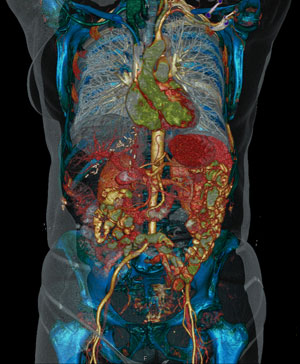
New CMAJ Article
A policy paper on pharmaceutical innovation and its relation to intellectual property law written with two health economist colleagues, Paul Grootendorst (Toronto) and Aidan Hollis (Calgary), will be published in November 2011 in the Canadian Medical Association Journal (CMAJ).
The article is entitled "Canada's Pharmaceutical Intellectual Property Laws: The Case For Fundamental Reform."
The Abstract is:
- The regulations governing intellectual property protections for brand (innovative) drugs in Canada have generated a very large amount of litigation between brand and generic drug companies, costing over $100 million annually; these costs inevitably are passed on to drug plans and consumers.
- One reason for this is the complexity and legal uncertainty created by three different, yet intertwined legal mechanisms (the Patent Act, the NOC Regulations and the data protection regulations); another reason is that regulations have given brand and generic drug companies the tools to contest the period of market exclusivity.
- Recent provincial drug plan decisions to reduce generic prices to as low as 25% of the brand price may reduce the incentive for generic firms to contest market exclusivity, possibly resulting in longer exclusivity periods and higher costs to payers.
- One solution to these problems is to offer fixed periods of market exclusivity to innovative drugs; this would at once enhance investment certainty to brand firms, and markedly reduce litigation, as brand and generic firms would be less able to contest market exclusivity













